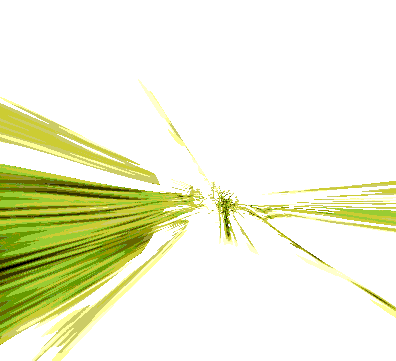
Rubrics of Transformation. A symposium at Serafio Cultural Center, Athens, Greece, 18th February 2019. Organized by: the Planetary Collegium - University of Plymouth, National and Kapodistrian University of Athens, The Municipality of Athens.
Talk & forthcoming article at Technoetic Arts Journal:
Sier, A. (2019), ‘Non-human labyrinths: Roots and additional other than human formation methods’, Technoetic Arts: A Journal of Speculative Research, 17:1+2, pp. 5–23, doi: 10.1386/tear_00002_1
Non-Human Labyrinths: Roots and additional other than human formation methods
André Sier, Plymouth University | s373.net/x art codex studios
UÉvora | Fbaul
Abstract
Within the context of exploring new electronic arts’ aesthetic regions and unexampled connections between generative art, games and mythology, my practical artistic research was led to focus on labyrinthine structures as exquisite legendary spatial gaming devices and as possible pathways to gain deeper humane insights, resulting into discoveries of original methods of labyrinth formation by means other than human. Labyrinths and mazes are inextricable paths, human made millennial structures that provide spatial challenges often connected with feedback, compression, entanglement and hyper complexification of goal oriented displacement. They are perhaps the most ancient example of structure for spatial and serious games. Novel methods for labyrinth creation – non-human methods – are introduced and exemplified through artistic constructs. These new methods utilize non-human bio-electronic techniques and are initially grouped into three distinct sub-categories: the ‘open’ method, the ‘mathematical flower’ method, the ‘animal’ method. Four case examples of artistic non-human labyrinths resorting to the introduced novel methods are explored: k. video games (2007, 2010), Wolfanddotcom video game (2017), 8-bit Maze Gardens vegetable paintings (2018–present), Ant Ennae Labyrinths bio-electronic apparatus (2019–present).Keywords
labyrinths
non-human
generative art
video game archaeology
bio-electronic
vegetable paintings
non-human labyrinth formation
